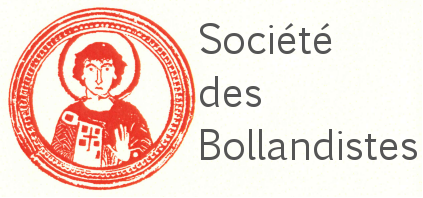Image provided by Paul van Moorsel Centre for Christian Art and Culture, VU Universiteit Amsterdam under the terms of the Creative Commons Attribution 4.0 International License.
Part I: Qadishe
Qadishe contains information on persons relevant to the study of Syriac hagiography include the saints themselves (such as St. Simeon the Stylite) as well as their associates and the authors who narrated their lives or wrote homilies and hymns about them. More
Part II: Bibliotheca Hagiographica Syriaca Electronica
Bibliotheca Hagiographica Syriaca Electronica describes texts written about saints and includes information about different versions and data such as the title, prologue, and epilogue of the saint's life, along with the hagiographer. More
Image provided by Hill Museum & Manuscript Library, Saint John’s University, Collegeville, Minnesota under the terms of the Creative Commons Attribution 4.0 International License.
Gateway to the Syriac Saints: A Database Project
Jeanne-Nicole Mellon Saint-Laurent, Marquette University
Syriaca.org has created an open-access digital research portal for the study of Syriac saints and hagiographic texts 1 . It is a two-volume database entitled The Gateway to the Syriac Saints.
The first volume, Qadishe or “saints” in Syriac, is a digital catalogue of saints or holy persons venerated in the Syriac tradition. Some saints are native to the Syriac- speaking milieu, whereas other texts come from other linguistic or cultural traditions.
The second volume, the Bibliotheca Hagiographica Syriaca Electronica or BHSE is a digital reference catalogue on Syriac hagiographic texts. The BHSE contains the titles of over 1800 Syriac stories, hymns, and homilies on saints. It organized according to text and includes authors’ or hagiographers’ names, the first and last lines of the texts, bibliographic information, and the names of the manuscripts containing these hagiographic works. We have also listed modern and ancient translations of these works.
All of the data in the Gateway to the Syriac Saints has been encoded in TEI, and it is fully searchable, linkable, and open.
 Fondazione Internazionale
Balzan
Fondazione Internazionale
Balzan 




